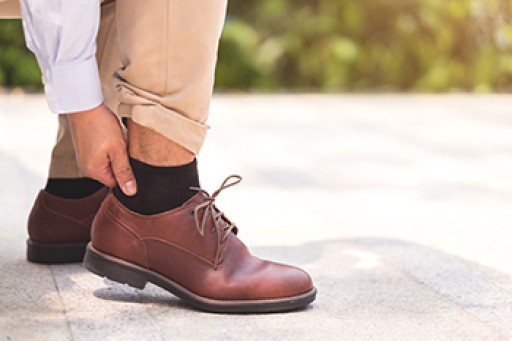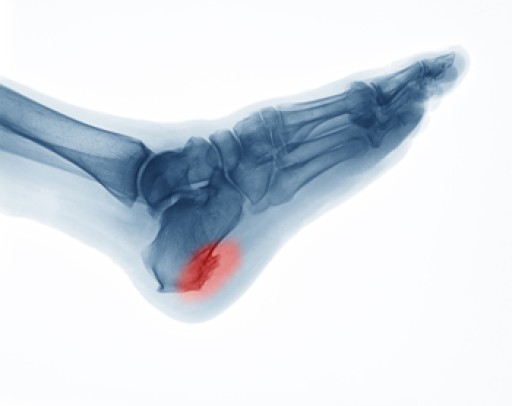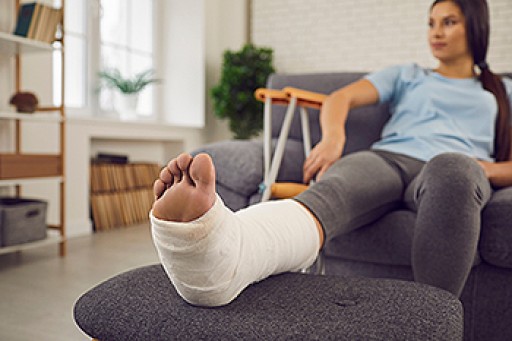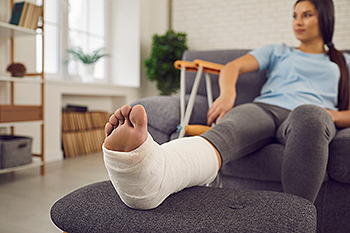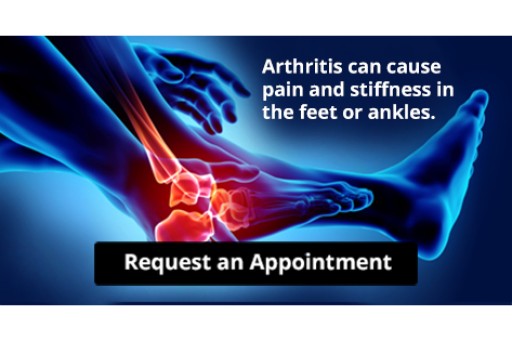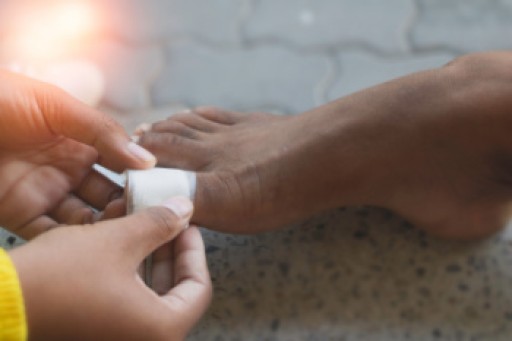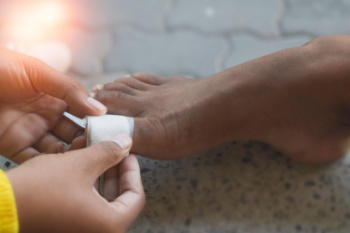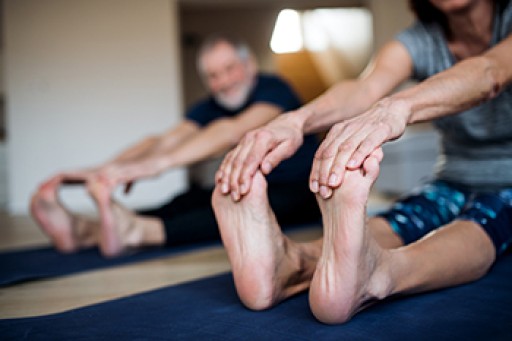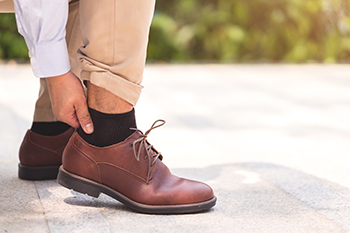
Falls in the workplace can lead to a range of foot injuries, including bruises and contusions, cuts, sprains, and strains. To prevent such accidents, it is essential to maintain a clutter-free environment and ensure that floors are clean and dry. Proper lighting in all areas can help avoid trips and falls, and non-slip mats should be used in high-risk zones. Employees should also be encouraged to use handrails on stairs and to wear appropriate shoes that provide good traction. Regular safety training and awareness programs are critical for reinforcing these practices. Falling in the workplace can impact the feet and may cause loss of wages. If you have injured your feet from falling, it is suggested that you consult a podiatrist who can treat various foot conditions and get you back to work.
Preventing falls among the elderly is very important. If you are older and have fallen or fear that you are prone to falling, consult with Vincent, Vess from Fourth River Foot & Ankle. Our doctor will assess your condition and provide you with quality advice and care.
Every 11 seconds, an elderly American is being treated in an emergency room for a fall related injury. Falls are the leading cause of head and hip injuries for those 65 and older. Due to decreases in strength, balance, senses, and lack of awareness, elderly persons are very susceptible to falling. Thankfully, there are a number of things older persons can do to prevent falls.
How to Prevent Falls
Some effective methods that older persons can do to prevent falls include:
- Enrolling in strength and balance exercise program to increase balance and strength
- Periodically having your sight and hearing checked
- Discuss any medications you have with a doctor to see if it increases the risk of falling
- Clearing the house of falling hazards and installing devices like grab bars and railings
- Utilizing a walker or cane
- Wearing shoes that provide good support and cushioning
- Talking to family members about falling and increasing awareness
Falling can be a traumatic and embarrassing experience for elderly persons; this can make them less willing to leave the house, and less willing to talk to someone about their fears of falling. Doing such things, however, will increase the likelihood of tripping or losing one’s balance. Knowing the causes of falling and how to prevent them is the best way to mitigate the risk of serious injury.
If you have any questions, please feel free to contact our offices located in Pittsburgh, White Oak, and McKeesport,PA . We offer the newest diagnostic and treatment technologies for all your foot care needs.
